I’ve always enjoyed writing and receiving letters. I was going through some personal papers recently and was reminded just how often I corresponded with friends and associates prior to the 1990s.
The subject of postal mail may not be front and center these days, but it certainly remains alive and well. As a matter of fact, I think letters, cards, and direct mail are, in a few ways, significantly more effective text messaging, email, and web pages:
First and foremost, postal mail is tangible, digital communications are not—that’s a huge distinction. The letters I rediscovered are graced, in many cases, with information or meaningful personal messages that are worth keeping.
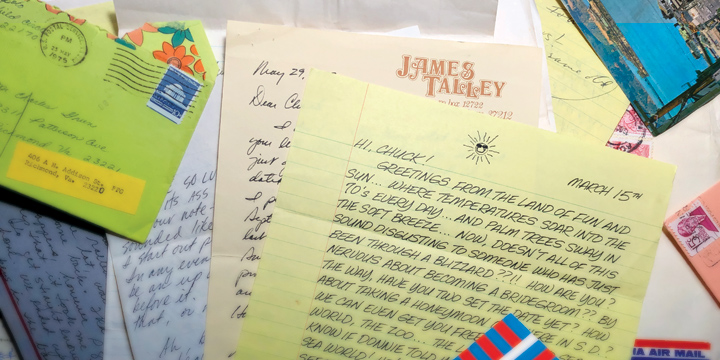
You can archive your text messages and email, but, as my friend Fred Showker puts it, “…You never see email on the refrigerator—only cards, invitations, and photos, all on paper …some things don’t last and some things do!”
Another advantage is that physical mail offers some assurance that your message will be seen—unlike an email or a text, postal mail must be touched, at least glanced at, and decided on while emails and texts can be swept away, hundreds at a time, with a single keystroke.
And postal mail allows you to present your message in your terms. Today’s text messages are illustrated, for the most part, with generic emojis. With email, because so many readers disable images in their email apps, the imagery may never even be seen. Print allows the designer to layout a page exactly as they want it, using photographs and illustrations and typography to their greatest effect.
In that spirit, my purpose here is to point you to some examples of postal mail that might get you excited about returning to the medium, perhaps even exploring it for the first time.
The Flower Letters
First up is a clever idea shared with me by designer Darcy Hinrichs. The Flower Letters is a company that tells a story through a series of illustrated letters mailed to you over a period of 12 months.
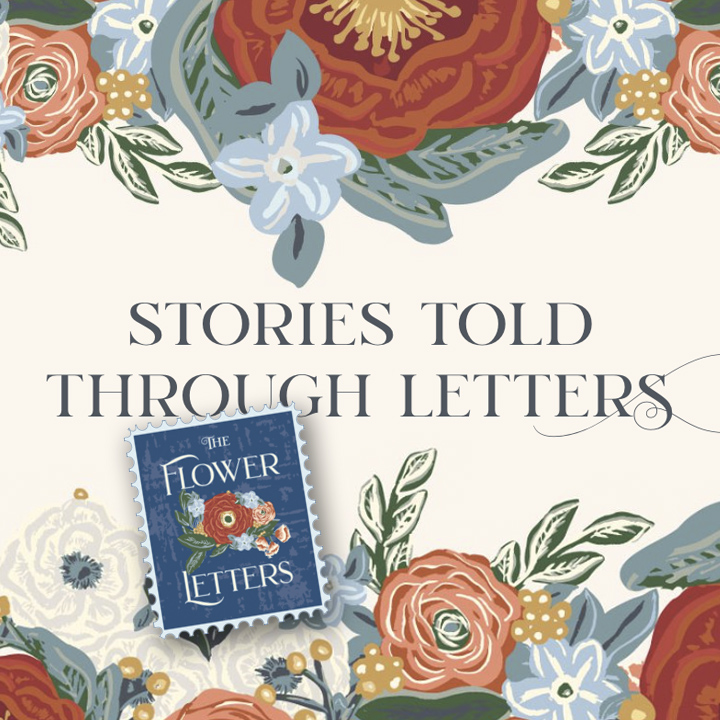
Their first story, The Audry Rose Collection, features correspondence between two characters during WWII and is centered around June 6, 1944: the D-Day of World War II. The image is used with permission and credits go to Hannie Clark for the artwork.
Can you think of a product or service you might create using postal mail?
Custom letters by Jillian Kaye Schoettle
Next up is designer Jillian Kaye Schoettle who creates, among other things, hand-letter envelopes for herself and her clients.
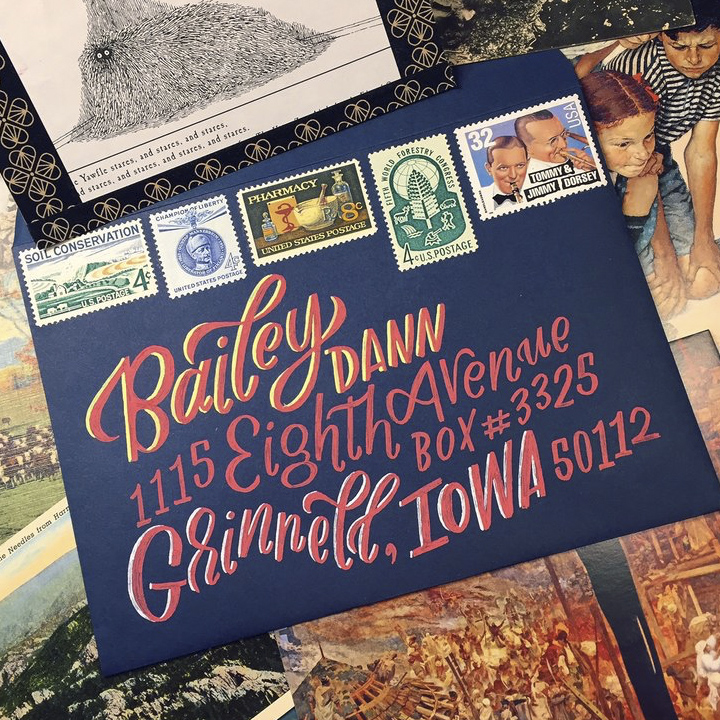
What caught my eye was her offer to design “a one-of-a-kind piece of mail that you’ll want to keep forever.” She explains that the purchase includes a hand-lettered envelope, carefully-selected stamps, a letter, and any ephemera that she thinks the recipient might like.
I bought one myself and am awaiting it’s arrival.
Treat yourself of someone else to one of Jillian Kaye Schoettle’s Custom Letters…
Could you use your designs or illustrations to fill down time like Jillian does?
Letters of Note
Letters of Note is an “online museum of correspondence” created by Shaun Usher. It features a “compulsive collection of the world’s most entertaining, inspiring and powerful letters with art at their heart”. Including letters by a collection of well-knowns as wide-ranging as Michelangelo, Bruce Springsteen, Dr. Seuss, Martin Scorsese, and Vincent van Gogh.
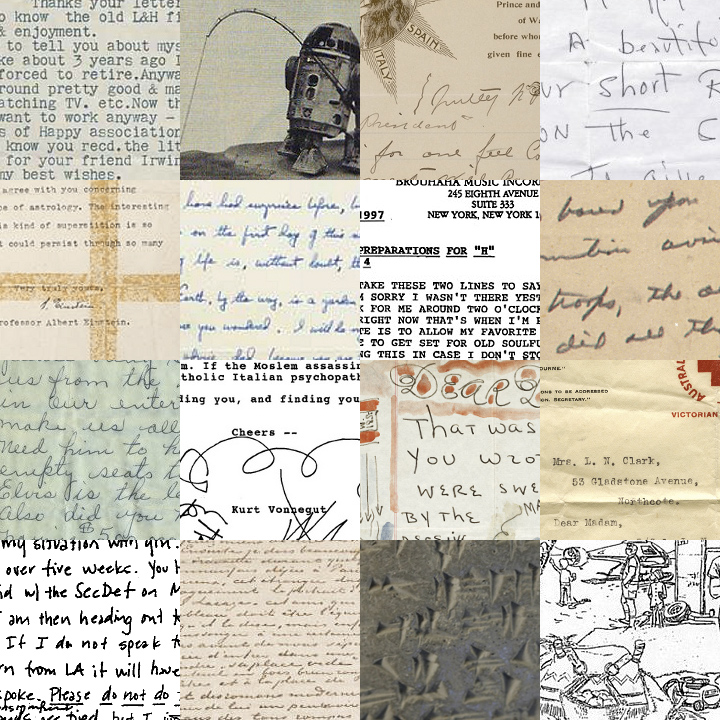
Watch closely as the writers use pictures and words to tell stories. There’s inspiration here for everyone.
Letterheady
Usher also created Letterheady, “An online homage to offline correspondence; specifically letters”. Instead of focussing on the writing, this site focuses on the design of the letterheads on which the writing appears.
In addition to studying the imagery, look for the ideas the designers are using and how they’re using them–the metaphors, the symbolism, the cliches, and so on, plus the methods and media they are using to present them.
Sheaff : Ephemera
Then there’s a long time favorite of mine, Richard Sheaff’s Sheaff : Ephemera which includes another collection of letterheads, this time older designs, many of which were design
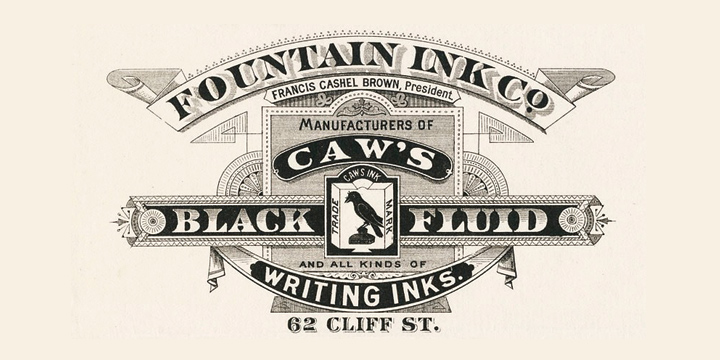
Two related collections…
Sheaff:ephemera: Visual Postal History…
If you’re trying to come up with a way to design in print, watch how they did it in the past. Collections like these rarely fail to provide a jumping off point for a new idea.
Used with permission, Collection of Richard Sheaff, President, Ephemera Society of America www.ephemerasociety.org.
Click2Mail Notecards
Then, of course, there are platforms for creating postal mail online. In addition to postcards and letters, my friends at Click2Mail offer a personalized notecard delivered in a bright white envelope with a stamp. It’s the best of both worlds: You get the touch and feel of postal mail without all the extra steps of working with a conventional printer, stuffing envelopes, and trips to the post office.
For example, below, I found a public domain image from the New York Public Libraries Digital collection (there’s a checkbox in the search for “Show Only Public Domain”) and composed the outside and inside panels using Adobe Photoshop. You simply open an account, upload the two sides of the card, and add a single recipient address or list.
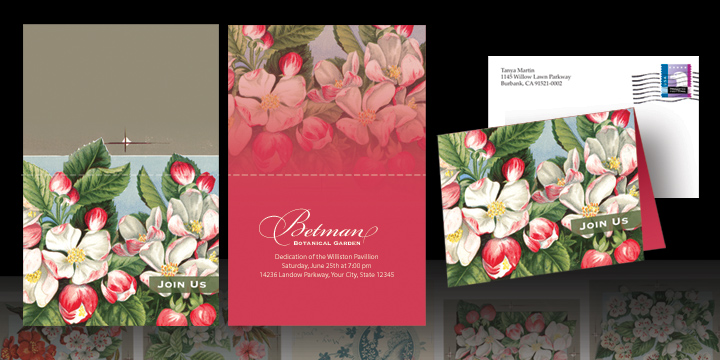
I’ll leave you with this: In 2018 alone the United States Postal Service processed and delivered something over 146 billion mailpieces to, among others, 158 million delivery points nationwide.
There must be something to it.
Posted in OCTOBER 2020 / Chuck Green is the principal of Logic Arts, a design and marketing firm, a contributor to numerous magazines and websites, and the author of books published by Random House, Peachpit Press, and Rockport Publishers. All rights reserved. Copyright 2007-2020 Chuck Green/Logic Arts Corporation. Contact.
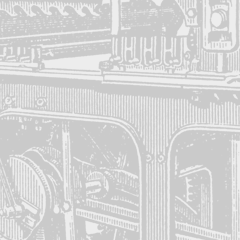


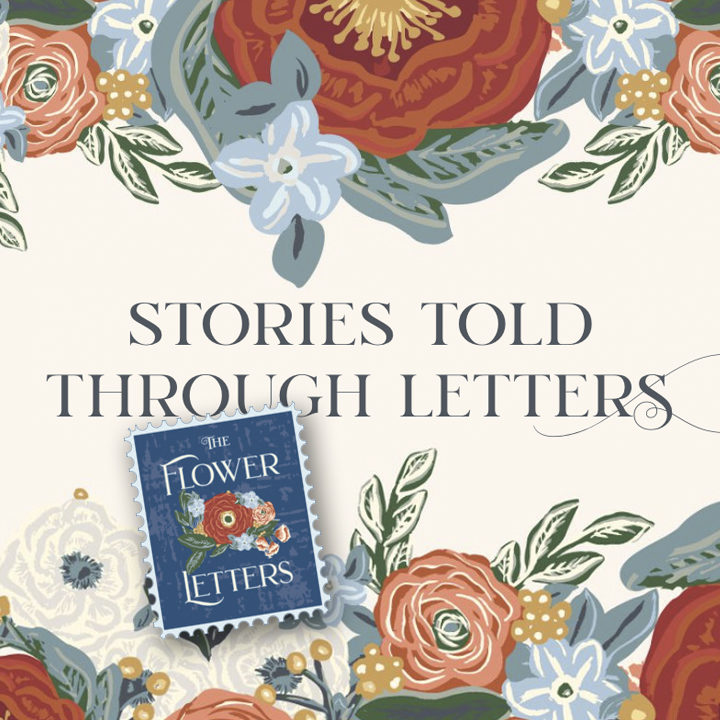
Thoughts?